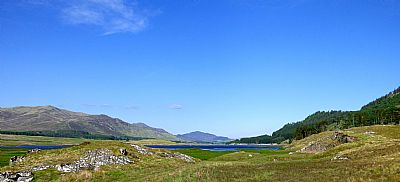
Looking north east in the direction of the Moray Firth near the headwaters of the River Spey: Photo Eileen Stewart
The Aims and Methodolgy of this Project
The aim of this project is simply to raise awareness of the scale and variety of migration stories to be explored in this area.
It is meant to be an enjoyable and thought-provoking read rather than a major historical resource.
It is hoped it will be a springboard for future shared researches and discussions.
At present there is no open forum for discussions but contributions are welcome using email address is at the bottom of each page. Responses may not be immediate until more people are directly involved in administration so please be patient.
A members-only forum will follow when enough interest is shown with its own forum moderator in charge. This will allow for more extended discussions and research topics.
Why this “Regional” Approach?
This is, I believe, a region which has been somewhat neglected in diapsora studies. Yet it offers some particularly interesting examples of migration.
Strathspey is a natural hub within a wider region but its diaspora history cannot be explored in isolation.
The wider region defined here corresponds roughly with the Pictish kingdom of Fortriu as it is currently understood.
It also corresponds with “The Province of Moray” as defined by the William Millar Map of 1798 which can be viewed on the National Library of Scotland Map Room website, courtesy of The Signet Library.
The local topography is characterised by beautiful and varied river valleys which all run from the Cairngorms and Monadhliath highlands in the southwest towards the northeastern lowlands bordering the Moray Firth.
Ridges of hill land separate the glens and straths but these hills and rivers are not impassable obstacles though both require due respect especially in bad weather.
Links between the disparate communities also came about because the major landowners, on whom tenants depended, had widely scattered parcels of land that they had acquired over the centuries.
It is certain that much of the networking which characterises the various trading ventures and exploration so markedly finds its roots in the family and locality groupings within this region.
Many people around the world perceive it as their duchthas.

